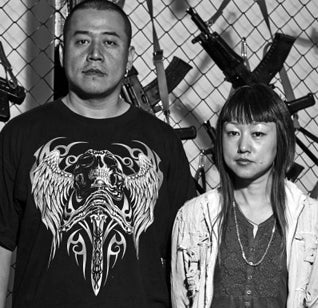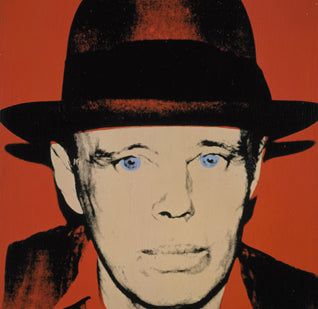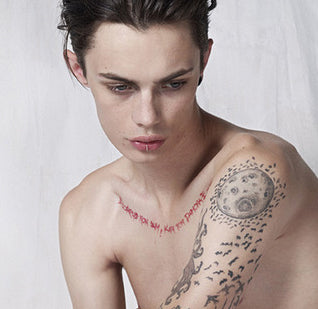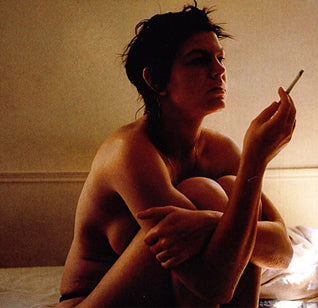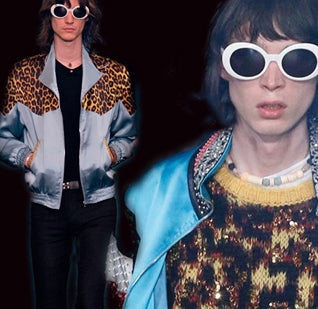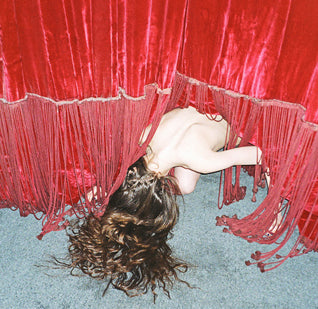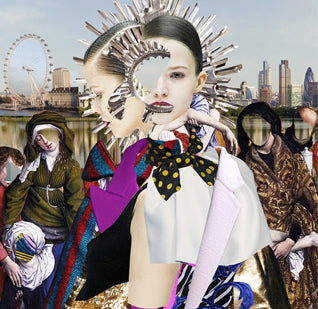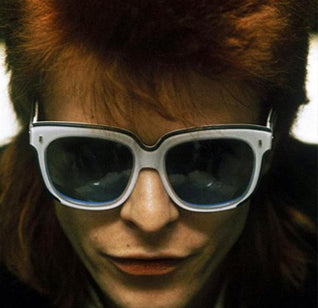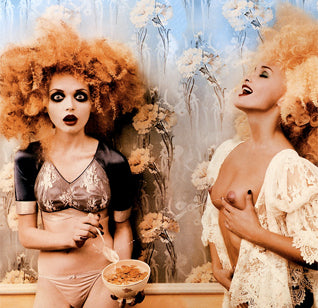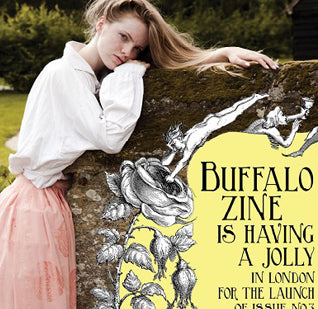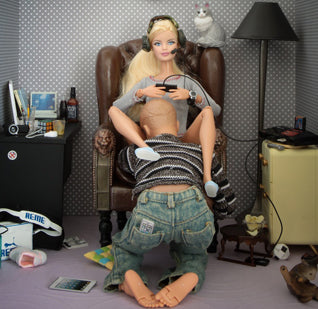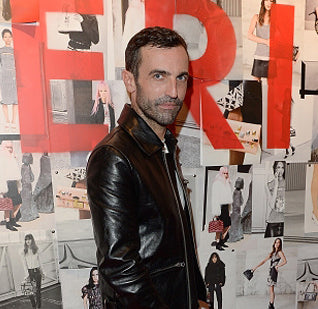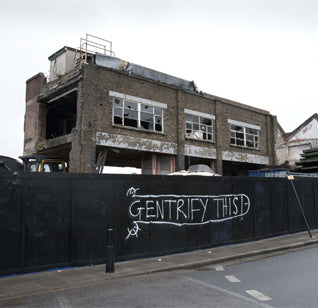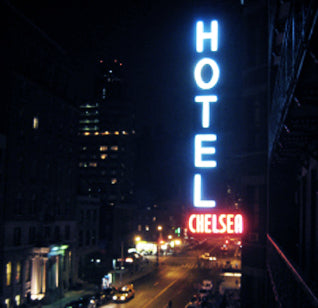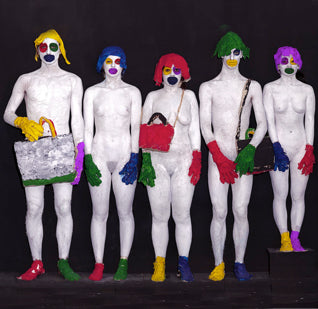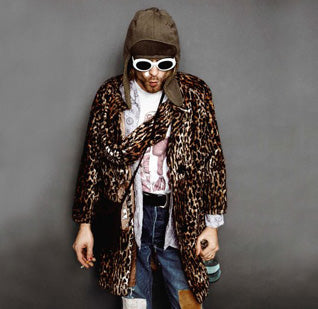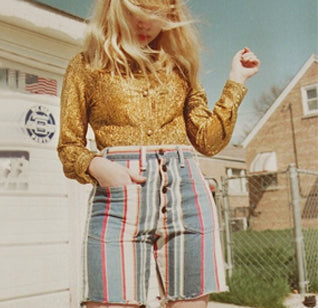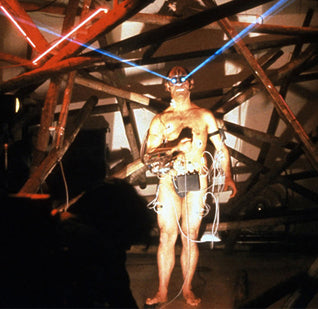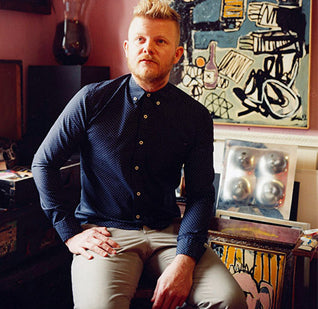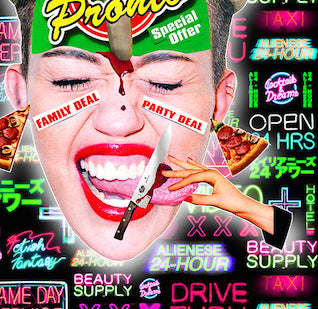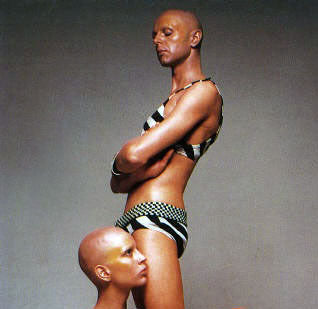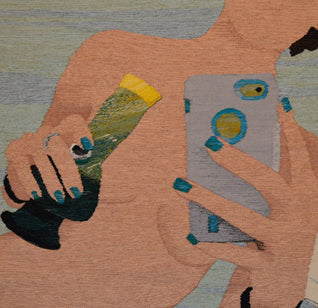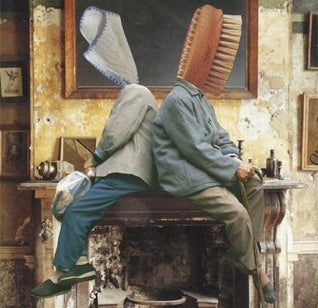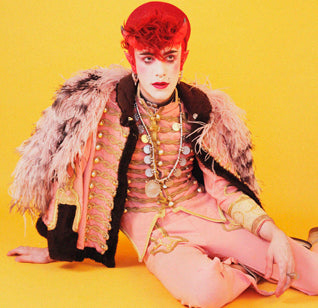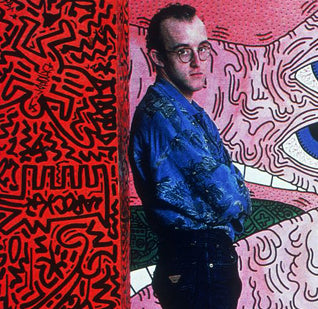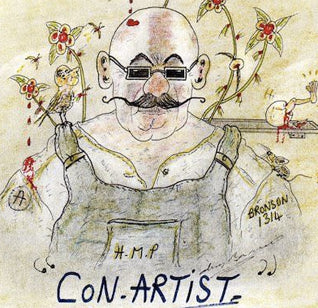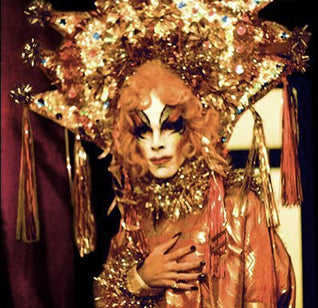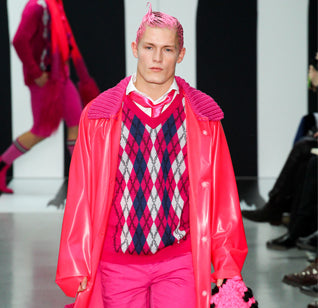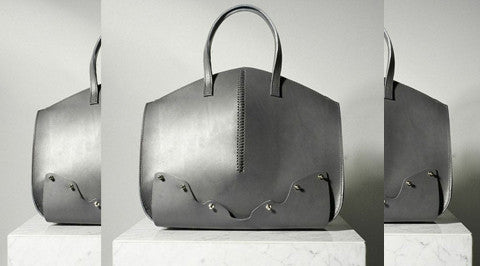THE ART OF ALCHEMY
Artist Henk Gieskens mixes his own masterpiece
by Freddie Machin
Henk Gieskens not only considers himself an artist, but also an entrepreneur. Chemical experimentation at Central St Martins led him to invent a unique resin and oil paint mix called Riesk. His practice now involves overseeing its gradual mutation towards an artwork, which he argues makes itself. Five European exhibitions in the last year as well as interest from Adidas and a high profile new international exhibition suggest that his initial investment is beginning to turn into gold.
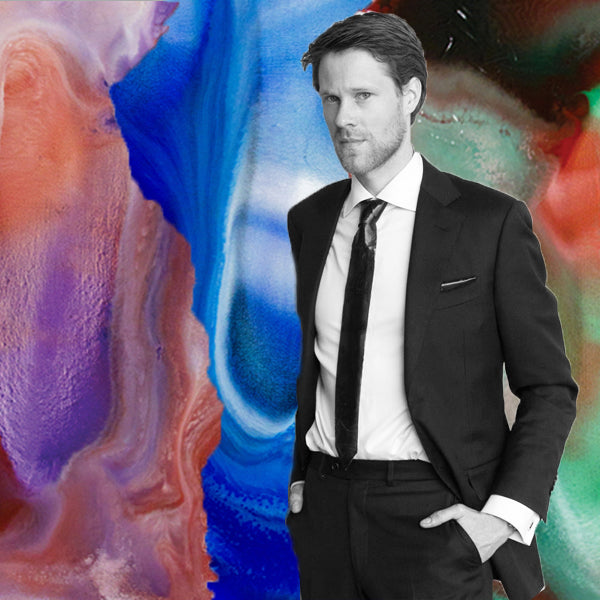
Artist Henk Gieskens
You’ve worked in advertising, you have a multimedia degree and you were almost an actor, when did you decide to become an artist?
When my father passed away I knew I wanted to be an artist. If that hadn’t happened I never would be sitting here with you now. It kicked off loads of things. My mum became a nurse – she didn’t have to, but she wanted to and now she’s about to finish her third degree. I also realised then that happiness is more important than anything. You must be happy in what you do and if you’re not you should change it.
Were you prepared for the journey you were about to make?
When I first came to art school in England I brought all of my canvases and I had all of these expensive brushes – and I had never lived abroad before either.
One day my tutor challenged me, he said “England is not flat” because the Netherlands is flat, I think he was implying that Holland is boring. It’s actually very good for conceptual art. But if he never would have said that, then I would never have got out there and had such an amazing year in my personal life and in my art as well.
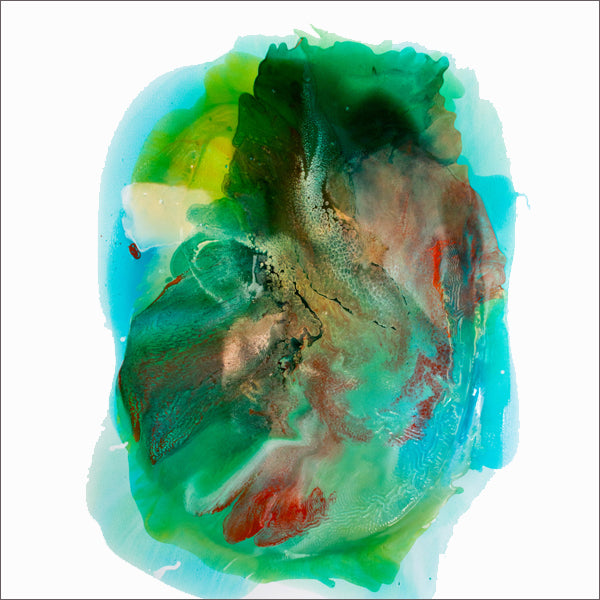
Henk Gieskens, Where We Used to Meet, 2014
What are you working on at the moment?
I am working on a series on paper which is selling quicker than I can make. But I really want to make a helium balloon out of Riesk. I did a test which was successful – so I can have my artwork floating through space. When it’s floating its like it has a life span and then when it comes down I can turn it into a sculpture – the life and death of a balloon.
You’re very robust when you handle your work…
It’s so important that you handle it. I mean – I’m the artist, there’s no need to be precious. The process is all based on failure and accidents anyway. When they start wearing gloves to put work up – if it’s a Rembrandt or whatever – sure, handle with care, but it makes you feel a bit weird. Even when there are actual collectors in the studio I will still handle it in the same way because that’s why you come to the studio.
Have you thought about patenting Riesk?
I can’t patent it because the mix keeps changing. If they change the lids on the material pots I’ll be ruined – they are my measurements. A patent means other people can’t experiment with it either. And I’m Dutch – we’re not very good at suing people. Having said that when the head chemist from Windsor and Newton came to my studio I did hide all of my materials.
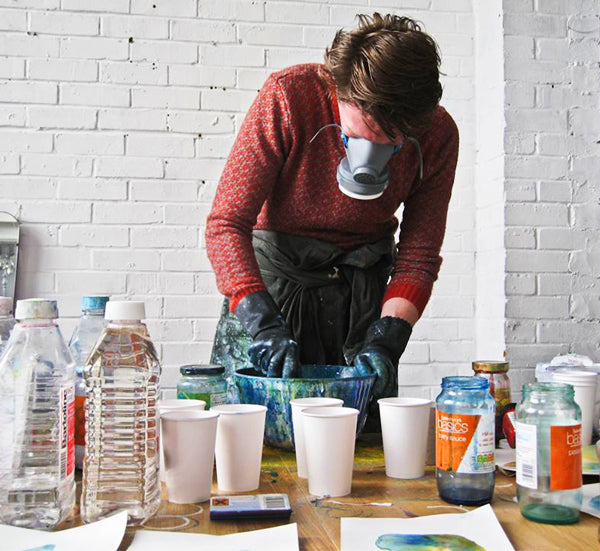
Henk at work in the studio
The final image of your work is determined by where the paint moves during the drying process – are you really the artist?
This is the thing – you can’t be right and you can’t be wrong but at the same time you have certain feelings about what you like. The actual outcome of it is random but there are certain boundaries that I impose. [Points to a deep vein in one of the works] This is where the paper bubbles up when it’s been wet, can you see? Then I wanted the paper to go completely flat again. But I wanted to keep this because it’s an actual part of the process, something that I can’t control. That’s where the depth in the work also comes from.
When it dries it becomes a painting or a sculpture and you also make work which can be worn, is that right?
I made a series of pocket squares and ties which sold very quickly. I’ve always been interested in fashion. I worked as an intern at Nick Knight’s studio. Philip Tracey wanted to do a photo shoot using Michael Jackson’s clothes because his work is very inspired by that era. So I got to try on Michael’s leather jacket and the glove.
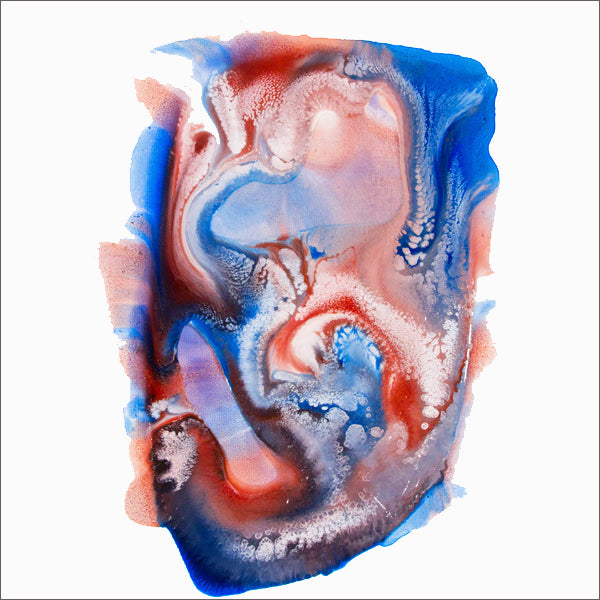
Henk Gieskens, The Nationalist, 2014
Is your work about finding different relationships to art and paint then?
I try to find a correlation with the materials that I work with, whether its paper, whether its glass – it’s a certain form of boundary. I don’t like having discussions about paint and materials really but I was talking about glass recently – how you can see through it but it is still a solid boundary. Just then I realised I was actually talking about myself – about my own personal boundaries.
Do you find that you are connected like that to all of your work?
The first series I made came out of a very personal experience that I went through. Sure, you can go and find visual inspiration but that human interaction is where I get my real inspiration. Hitting a boundary in your life is always an opportunity, because it opens a door to another room.

